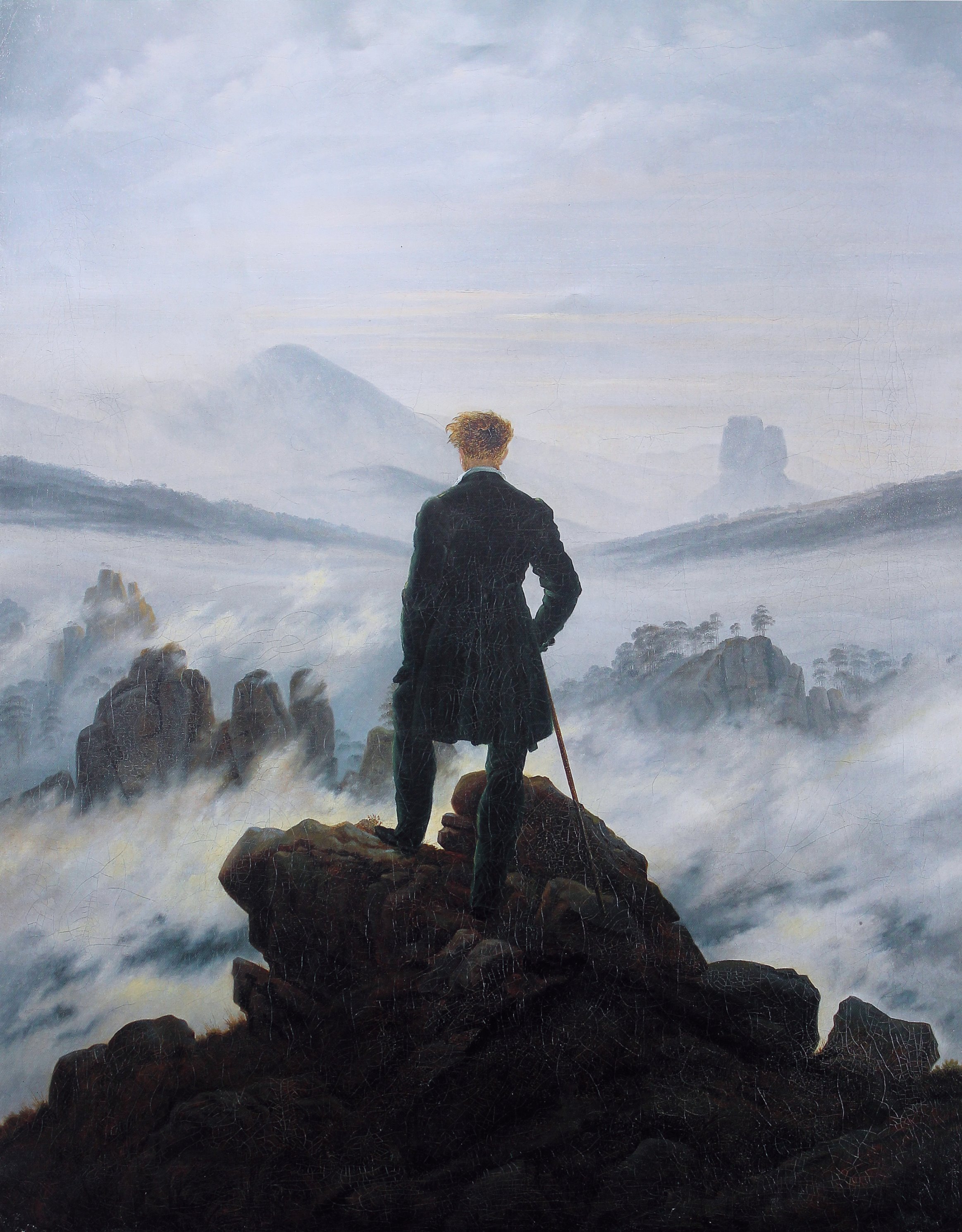|
|
LITR 4231
Early American Literature 2012 research post 2 |
|
Rochelle LaTouche
Dartmouth: Past and Present Native Americans
Dartmouth was one of the first major colleges to occupy the colonial states of
America. Until recently, I was unsure about the original intent of the college,
which I discovered was to educate Native Americans in Christianity and European
practices. This notion surprised me, and I wanted to know more about the origins
of Dartmouth College, such as: Who created it? What did they hope to accomplish?
What is the college’s involvement with the Native Americans today? Such
questions ignited an investigation about the current Ivy League School.
The “Indian-Charity School,” now known as Dartmouth, was founded by the American
Congregational minister Eleazor Wheelock. His intentions with the Native
Americans and hopes for their future are questioned until this day. Dartmouth
professor and author, Colin Calloway, claims that some believe Wheelock’s
“prescription for the education and salvation of Native Americans was predicated
on the unquestioned superiority of his own culture and the eradication of
theirs” (1). Calloway claims that this is a more modern notion though, and
people who actually knew Wheelock “described him as a ‘great and good man’ who
was selfless in his efforts to bring civilization and Christianity to the
Indians he held in his paternal care” (1). These were others’ opinions on him,
but Wheelock himself believed he was doing God’s work. He wrote in a letter to
Reverend Whitefield, “ ‘I have for many years past, had my tho’ts much on the
piteous state of the Indian Natives of this Continent who have been perishing in
vast numbers from Age to Age for lack of vision” (Calloway1). He felt that the
Native American’s souls were doomed without knowing the “only true God”
(Calloway 2).
Because of Wheelock’s feelings
about the dreadful fate of the Native Americans, he developed the Great Design
in order to save them. The Great Design entailed “[taking] their [the Indian’s]
children (two or more of a tribe, that they may not lose their own Language) and
give them an education among ourselves, under the Tuition, & Guidance of a
godly, & skillful master; where they may make them scholars… and Christians
indeed, to fit them for the Gospel Ministry among their respective Tribes”
(Calloway 3). Wheelock also felt that educating the Native Americans would be
beneficial because Indians would be less likely to go at war with people who are
educating their children (aka the colonists).
One might wonder how Wheelock
was able to carry his plan out. How did he obtain the money for the schooling?
Initially, he incorporated the services of the Native American, Samson Occom.
Occum was born into the Mohegan tribe, but Missionaries who infringed upon his
tribe inspired him to convert to Christianity. He eventually became a preacher
himself, as well as a scholar. The website Dartmouth.edu claims that “In
1766, [Occum] and fellow minister Nathaniel Whitaker traveled to England to
raise money for Wheelock's Indian Charity School. When Wheelock instead used
these funds to found Dartmouth College, Occom was deeply offended by what he saw
as a misuse of the money he had raised, and in 1773, he and Wheelock had a
falling out.” Occum played a detrimental part in funding Dartmouth although he
was not aware that was what he was doing at the time. Occum’s name is found all
over the campus, such as “Occum Commons” although Occum never actually saw or
visited Dartmouth.
Given the Native American influence and heritage of the school, how are the
Native Americans treated at the school now? For years, the Native Americans did
not have special privileges and were forgotten as the initial inspiration for
the school. Dartmouth.edu claims that “During
the first 200 years of its existence Dartmouth fell far short of its educational
goal and a mere 19 Native Americans graduated from the College. This situation
changed dramatically when John G. Kemeny became the 13th president of Dartmouth
College in 1970. He pledged to redress the historical lack of opportunities for
Native Americans in higher education.” So,
it was not until the 1970’s when they were culturally recognized at the school
again. The school now has a Native
American Program and has had over 700 Native Americans graduates from the
school, which is more than any other Ivy League College. One of the most
well-known Native American graduates from Dartmouth is author Louise Erdrich.
She had the honors of presenting a speech to the graduating class of 2006 in
which she stated, “I
am a member of the class of 1976, the first class that included women, the first
class in the newly recommitted Native American Program…” Dartmouth now is trying
to encourage Native Americans to attend their college and to appreciate their
culture. It may have taken years for them to create this cultural embracement,
but they are heading in a good direction.
From my research, I learned that only Wheelock truly knows why he started the
college. He claimed it was to save the Native American’s souls, but there were
also other alleged reasons. I also was enlightened to the fact that Occum was
betrayed by his former mentor Wheelock. I had read Occum’s letters and knew that
he felt unappreciated, but I was not sure about the specifics. Obviously, part
of the reason was that Wheelock spent money on Dartmouth instead of the other
school for which Occum was raising money. Lastly, I learned that Native
Americans more and more are attending the college, and now it is not necessarily
to be Christianized. Overall, there was a lot of betrayal, yet good outcomes
that went into the creation of Dartmouth.
Sources:
Dartmouth.edu (two different sections)- Dartmouth library and
Dartmouth homepage
Louise Erdrich’s speech (youtube)
Colin Calloway’s The
Indian History of an American Institution: Native Americans and Dartmouth
(through ebooks)
|
|
|
|


